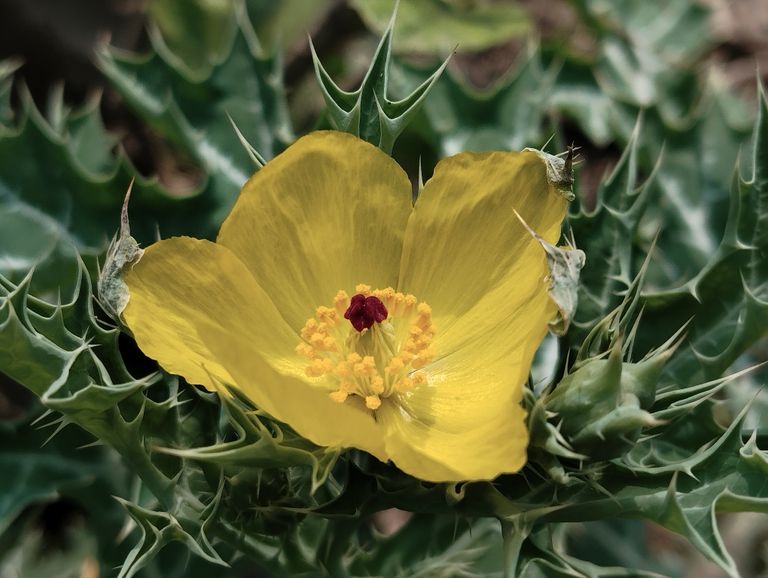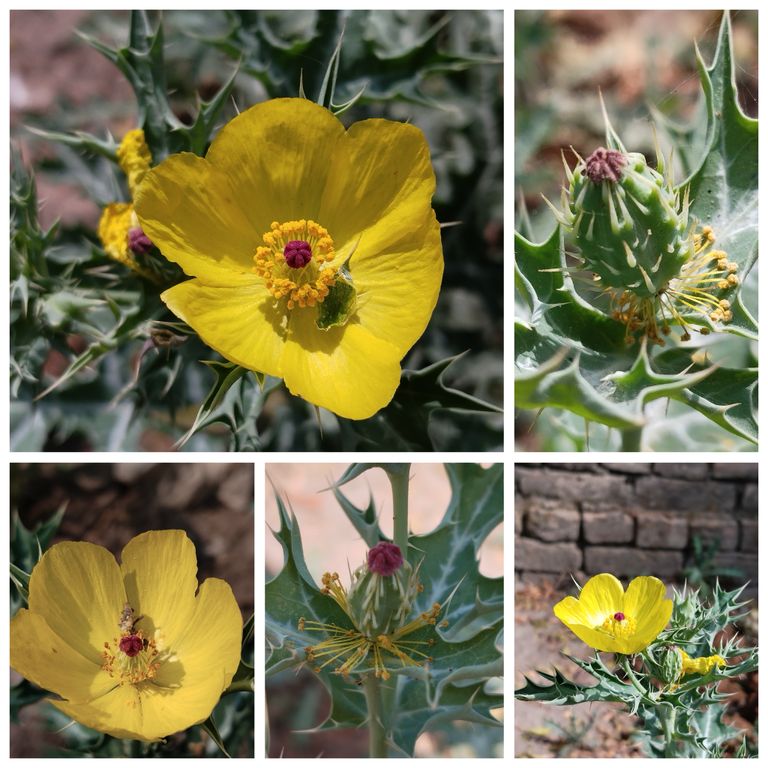
The Beauty of Shialkanta Flower Photography.
Flowers have always been a favorite subject for photographers. Their delicate petals, vibrant colors, and natural symmetry make them an ideal choice for both beginners and professionals. One such unique flower is the Shialkanta (Seethed Spurge, Euphorbia antiquorum), a rare and intriguing plant known for its spiky appearance and beautiful blossoms. In this blog, we will explore the fascinating world of Shialkanta flower photography, covering everything from its significance to the best techniques for capturing its essence.
What is Shialkanta?
Shialkanta is a flowering plant belonging to the Euphorbia genus. It is commonly found in South Asia, including Bangladesh, India, and Nepal. The plant is known for its thorny branches and small yet striking flowers, which bloom seasonally. Although often considered a wild plant, it holds ecological importance as it provides nectar for bees and butterflies.
This plant thrives in dry and rocky areas, making it a challenge to photograph, but its unique features make it a rewarding subject for nature photographers.
Why Photograph Shialkanta Flowers?
Photographing Shialkanta flowers can be a unique and fulfilling experience for several reasons:
Rare Beauty – Unlike common garden flowers, Shialkanta has a wild and raw appeal.
Textural Contrast – The combination of sharp thorns and soft petals creates an interesting contrast.
Ecological Importance – Capturing images of these flowers helps document their role in local ecosystems.
Photography Challenge – Due to its thorny nature, getting the right angle requires skill and patience.
Whether you are an amateur or a professional, photographing Shialkanta flowers allows you to develop your macro photography skills while appreciating nature’s raw beauty.
Best Time to Photograph Shialkanta Flowers
Timing is crucial when capturing flower photography, and Shialkanta is no exception. Here’s when you should consider taking photos:
- Early Morning or Late Afternoon – The soft golden light during these times enhances the flower’s natural hues.
- After Rainfall – Tiny water droplets on the petals can add an ethereal effect.
- Spring or Monsoon Season – This is when Shialkanta flowers are in full bloom, making them easier to find.
Essential Equipment for Shialkanta Flower Photography
To get the best shots of Shialkanta flowers, you need the right equipment:
Camera:
DSLR/Mirrorless Camera – A camera with manual settings allows for greater control over focus and exposure.
Macro Lens – A lens with at least 100mm focal length is ideal for capturing detailed shots.
Smartphone Camera – Modern smartphones with macro modes can also capture impressive images.
Accessories:
Tripod – To stabilize shots and reduce blur.
Reflector or Diffuser – Helps manage lighting conditions.
External Flash – Useful for controlling shadows in harsh lighting.
Best Techniques for Shialkanta Flower Photography
- Use a Macro Lens for Close-Up Shots
A macro lens allows you to capture the intricate details of the Shialkanta flower, from the delicate petals to the tiny water droplets that may rest on them. Get as close as possible to reveal textures and patterns that are invisible to the naked eye.
- Adjust Depth of Field (DOF)
A shallow depth of field (f/2.8 – f/5.6) helps blur the background, making the flower stand out sharply. This technique is particularly useful when shooting in a natural setting where the background may be distracting.
- Pay Attention to Lighting
Soft Natural Light – Early morning or late afternoon light is best.
Avoid Harsh Noon Sunlight – It can create strong shadows and overexposure.
Use a Reflector – If the lighting is uneven, a small reflector can help balance the brightness.
- Experiment with Angles
Try capturing the flower from various angles to highlight its unique structure. A top-down shot can emphasize its radial symmetry, while a side angle can showcase the thorns and stem.
- Include Insects for a Dynamic Composition
Shialkanta flowers often attract butterflies and bees. Including these elements in your shot can add life and movement to your images.
- Post-Processing for Enhancement
Using software like Adobe Lightroom or Photoshop can enhance your images by adjusting brightness, contrast, and sharpness. Be careful not to over-edit, as natural beauty should be preserved.
Challenges in Shialkanta Flower Photography and How to Overcome Them
- Thorny Structure
Solution: Wear protective gloves and use a telephoto or macro lens to maintain distance while capturing detailed shots.
- Windy Conditions
Solution: Shoot early in the morning when the wind is usually calm. Use a faster shutter speed (1/500s or higher) to freeze motion.
- Unstable Backgrounds
Solution: Use a wide aperture to blur out distractions or reposition yourself to get a cleaner background.
Shialkanta Flower Photography in Different Seasons
Spring
Flowers are fresh and abundant.
Ideal time for capturing vibrant, colorful shots.
Monsoon
Raindrops on petals create a magical effect.
Soft, diffused lighting enhances the texture.
Autumn
Flowers may start to wither, creating a different mood in your photography.
Perfect for capturing dried petals and contrast with sharp thorns.
Winter
Shialkanta flowers may be sparse, but you can capture dried forms with a unique aesthetic.
Ideal for black-and-white photography experiments.
Conclusion
Photographing Shialkanta flowers is not just about capturing their beauty; it’s about storytelling. Each shot can reveal different aspects of nature, from the resilience of wildflowers to the harmony between plants and pollinators. With the right techniques, patience, and passion, you can create stunning images that highlight the elegance of this unique flower.
So, grab your camera, head out into the wild, and start capturing the breathtaking charm of Shialkanta flowers Would you like any specific tips or examples for your next photography project? Let me know in the comments.
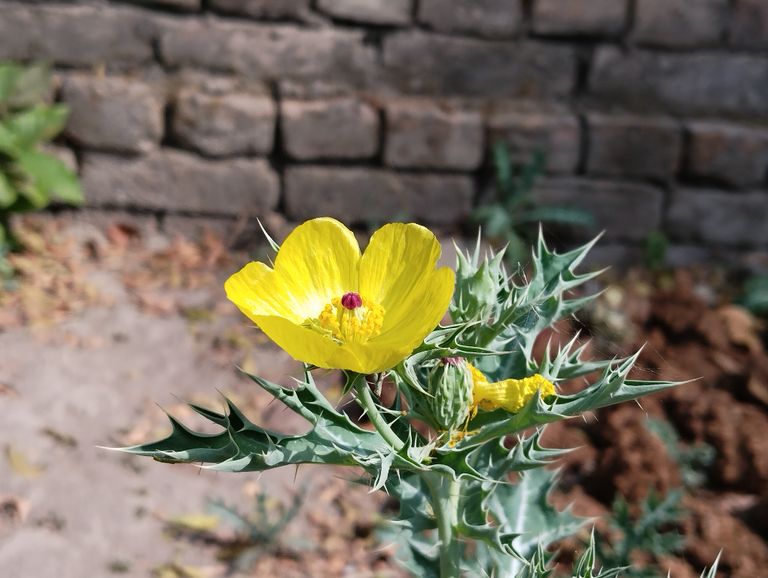

Benefits of the Fox-Cut Tree (Shiyal Kata Tree)
The Shiyal Kata Tree (scientifically known as Casearia tomentosa) is a lesser-known yet highly beneficial tree found in South Asian countries, including Bangladesh and India. It is commonly called the Fox-Cut Tree due to its thorny nature, which makes it difficult for animals to climb. This tree has been used for centuries in traditional medicine, agriculture, and environmental conservation. In this blog, we will explore its numerous benefits, including medicinal uses, ecological importance, and economic value.
- Medicinal Benefits of the Fox-Cut Tree
1.1 Treatment of Wounds and Skin Infections
The bark and leaves of the Shiyal Kata tree have powerful antibacterial and antifungal properties. Traditional healers use its paste to treat wounds, boils, and skin infections. The natural compounds in the tree accelerate the healing process and prevent bacterial infections.
1.2 Relief from Digestive Disorders
Shiyal Kata tree extracts are often used in traditional medicine to treat indigestion, diarrhea, and stomach ulcers. The natural tannins and flavonoids present in the tree help in reducing inflammation in the gut and improving digestion.
1.3 Diabetes Management
Studies suggest that the bark and leaves of this tree contain bioactive compounds that can help regulate blood sugar levels. Herbal practitioners prepare decoctions from the tree bark to support diabetes management.
1.4 Anti-Inflammatory and Pain-Relief Properties
The leaves and bark contain natural analgesic (pain-relieving) and anti-inflammatory properties, making them useful for treating arthritis, joint pain, and muscle soreness. Many people use extracts from this tree as a natural remedy for body pain.
1.5 Treatment of Respiratory Problems
The Shiyal Kata tree is also beneficial for treating coughs, asthma, and bronchitis. The leaves are often boiled to make herbal tea, which helps clear respiratory passages and reduce inflammation in the lungs.
- Ecological Importance of the Fox-Cut Tree
2.1 Soil Conservation and Erosion Control
The deep root system of the Shiyal Kata tree helps in preventing soil erosion. Farmers often plant this tree on slopes and riverbanks to stabilize the soil and reduce the impact of floods.
2.2 Protection of Wildlife
The thorny nature of this tree makes it an ideal nesting and sheltering spot for birds and small animals. Many birds build nests in its branches, safe from predators.
2.3 Improves Soil Fertility
The fallen leaves of this tree decompose and enrich the soil with essential nutrients, improving its fertility. This helps in maintaining a healthy ecosystem.
- Economic Benefits of the Fox-Cut Tree
3.1 Timber and Firewood
The wood of the Shiyal Kata tree is strong and durable, making it suitable for furniture, construction, and firewood. In many rural areas, it is used as a primary source of fuel.
3.2 Source of Natural Pesticides
The extracts from the bark and leaves contain natural insect-repelling properties, making them useful as an organic pesticide. Farmers use it to protect crops from harmful pests.
3.3 Production of Herbal Medicine
Due to its numerous medicinal properties, many herbal companies use extracts from the Shiyal Kata tree to produce herbal medicines, ointments, and supplements. This contributes to the growth of the herbal medicine industry.
- Traditional and Cultural Uses
4.1 Used in Ayurveda and Folk Medicine
In Ayurveda and traditional medicine, the Shiyal Kata tree is highly valued for its healing and purifying properties. It is used in making herbal pastes, teas, and oils to treat various ailments.
4.2 Used in Religious and Spiritual Practices
In some communities, the tree is considered sacred and is used in religious rituals. People believe it has protective energy that helps ward off negative forces.
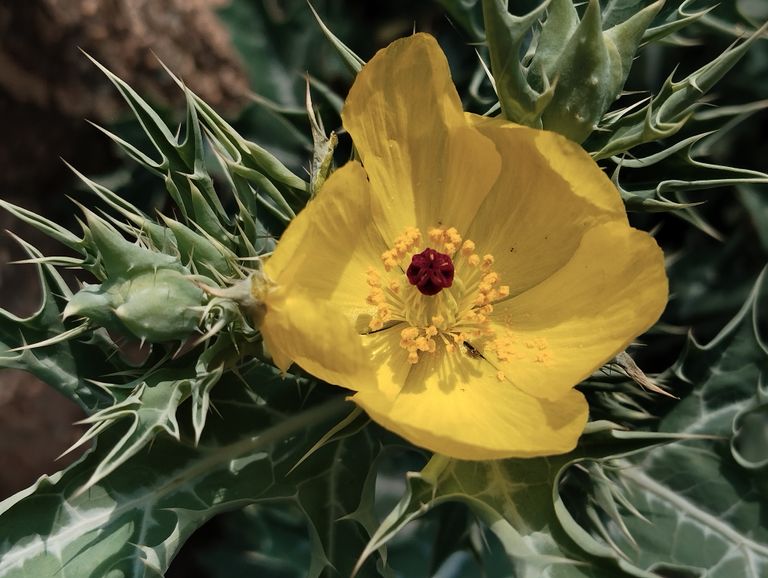
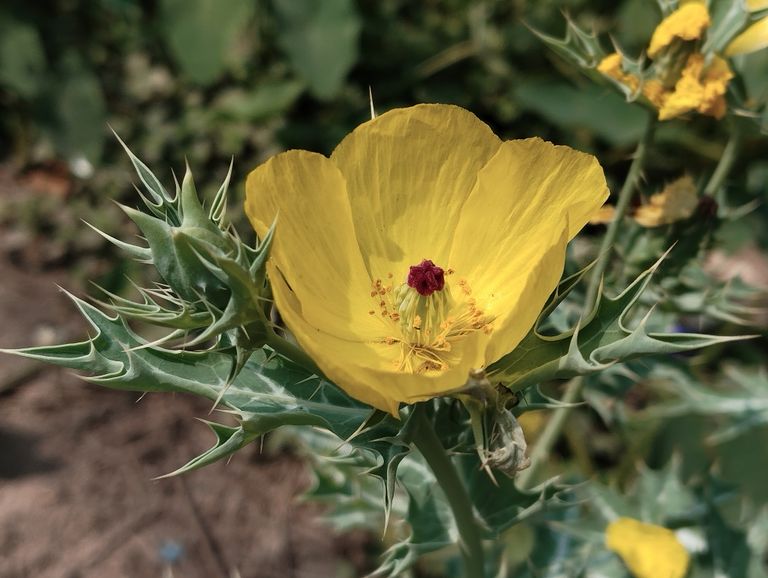
- How to Grow and Care for the Shiyal Kata Tree
If you want to grow a Shiyal Kata tree, follow these simple guidelines:
- Soil and Climate: This tree thrives in well-drained soil and tropical climates. It can tolerate both dry and wet conditions.
- Planting Method: Seeds or cuttings can be used to propagate the tree. It grows best in open spaces with plenty of sunlight.
- Watering: The tree requires moderate watering, especially during dry seasons.
- Pruning: Regular pruning helps maintain its shape and promotes healthy growth.
- Protection from Pests: While it is naturally resistant to many pests, occasional monitoring is required to ensure its health.
Conclusion
The Shiyal Kata Tree (Fox-Cut Tree) is a valuable natural resource with numerous medicinal, ecological, and economic benefits. Its ability to heal wounds, improve digestion, support diabetes management, and prevent soil erosion makes it an essential part of traditional medicine and environmental conservation. Additionally, its use in furniture, firewood, and herbal medicine industries makes it economically significant.
If you are looking for a tree that offers health benefits, environmental protection, and economic opportunities, the Shiyal Kata tree is an excellent choice. By promoting its cultivation and sustainable use, we can preserve its benefits for future generations. Would you like more information on how to use this tree for specific health conditions? Let us know in the comments.
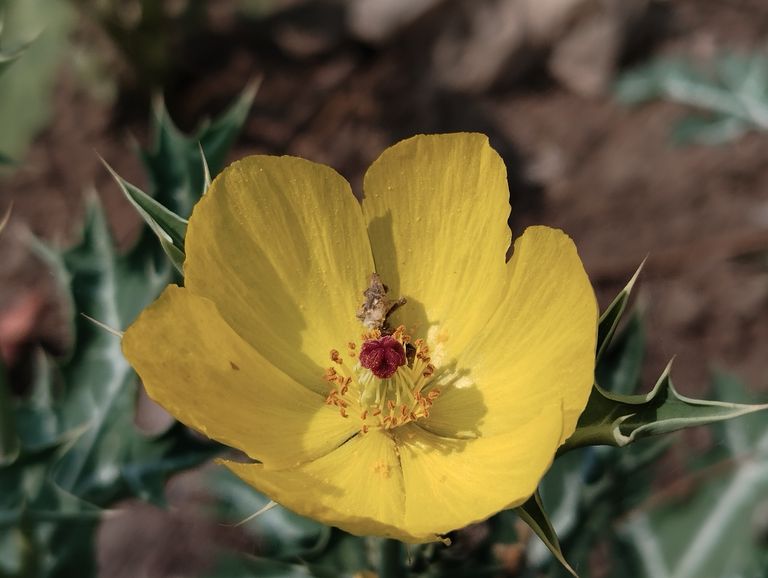
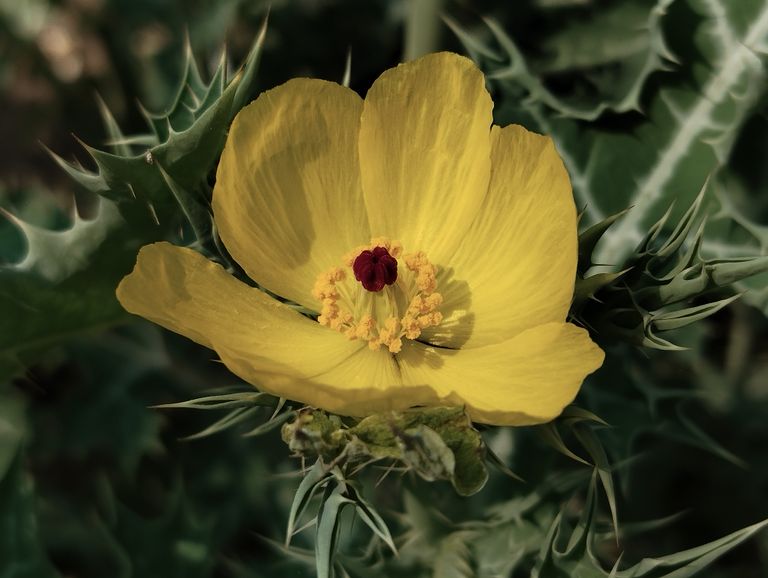
Medicinal Benefits of the Shialkanta Plant (Flacourtia indica)
Shialkanta (Flacourtia indica), also known as Indian Plum or Governor's Plum, is a spiny shrub or small tree native to South and Southeast Asia. In traditional medicine, this plant is highly valued for its medicinal properties, which range from treating digestive disorders to boosting immunity. Various parts of the plant, including the leaves, bark, roots, and fruits, are used in Ayurvedic and folk medicine.
In this blog, we will explore the medicinal benefits, uses, and preparation methods of Shialkanta, along with its role in traditional healing practices.
Botanical Profile of Shialkanta
Scientific Name: Flacourtia indica
Common Names: Shialkanta, Indian Plum, Governor’s Plum, Batoko Plum
Family: Salicaceae
Native Regions: South Asia, Southeast Asia, and parts of Africa
Habitat: Found in tropical and subtropical regions, commonly in dry forests, open fields, and wastelands
Appearance: A thorny shrub or small tree with reddish-brown bark, sharp spines, and small round fruits that turn dark purple when ripe
Traditional Uses of Shialkanta in Herbal Medicine
- Treats Digestive Disorders
Shialkanta has been widely used in traditional medicine for treating various digestive problems such as indigestion, constipation, and diarrhea. The leaves and bark contain bioactive compounds that help regulate bowel movements and improve digestion.
Usage:
A decoction of Shialkanta bark is often used as a natural remedy for diarrhea and dysentery.
The fruit pulp can be consumed to relieve constipation.
- Boosts Immunity and Fights Infections
Shialkanta has antimicrobial and antibacterial properties, making it effective against infections. Its leaves and bark extracts are commonly used to treat wounds, skin infections, and respiratory illnesses.
Usage:
A paste made from the leaves is applied to cuts and wounds to prevent infection.
The bark extract is used to treat coughs, colds, and sore throats.
- Relieves Joint Pain and Inflammation
The anti-inflammatory properties of Shialkanta make it a useful remedy for arthritis, rheumatism, and other joint-related ailments. The plant’s natural compounds help reduce swelling and pain.
Usage:
A poultice made from crushed leaves can be applied to swollen joints and sore muscles.
Drinking a decoction of the bark can help in managing internal inflammation.
- Controls Diabetes and Blood Sugar Levels
Studies suggest that Shialkanta may help regulate blood sugar levels due to its natural hypoglycemic effects. The plant contains flavonoids and tannins that aid in maintaining glucose metabolism.
Usage:
Consuming a tea made from Shialkanta leaves regularly may help manage diabetes.
The fruits can also be included in a diabetic-friendly diet.
- Supports Heart Health
Shialkanta is believed to have cardioprotective properties that support heart health. It helps lower cholesterol levels and improves blood circulation, reducing the risk of cardiovascular diseases.
Usage:
Drinking Shialkanta bark tea may help in controlling high blood pressure.
The fruit’s antioxidants help protect the heart from oxidative stress.
- Promotes Skin Health
Shialkanta has been traditionally used to treat various skin conditions such as eczema, rashes, and acne. Its antibacterial properties help in keeping the skin free from infections.
Usage:
The leaf paste can be applied to the affected skin area for relief from itching and irritation.
A wash made from boiled Shialkanta leaves can be used as a natural skin cleanser.
- Aids in Respiratory Health
Due to its expectorant properties, Shialkanta is used to relieve symptoms of respiratory diseases like asthma, bronchitis, and chronic cough.
Usage:
The bark extract, when consumed with honey, can soothe the throat and reduce coughing.
Steam inhalation using Shialkanta leaves may help clear nasal congestion.
How to Prepare and Use Shialkanta Remedies
- Shialkanta Leaf Paste for Skin Conditions
Ingredients:
Fresh Shialkanta leaves
A few drops of water
Preparation & Use:
- Crush the fresh leaves into a fine paste.
- Apply directly to the affected skin area.
- Leave it on for 20 minutes before rinsing.
- Shialkanta Bark Decoction for Digestive and Respiratory Health
Ingredients:
1 teaspoon of dried Shialkanta bark
2 cups of water
Preparation & Use:
- Boil the bark in water for 10-15 minutes.
- Strain and allow it to cool.
- Drink half a cup twice daily for relief from digestive issues and respiratory problems.
- Shialkanta Fruit Consumption for Immunity Boost
Ingredients:
Fresh or dried Shialkanta fruits
Preparation & Use:
- Eat the ripe fruits directly or dry them for later use.
- You can also blend the fruit into juice for a refreshing health drink.
Precautions and Side Effects
While Shialkanta has many health benefits, it is important to use it with caution:
Pregnant and breastfeeding women should consult a healthcare professional before using it.
Excessive consumption of Shialkanta bark or leaves may cause mild stomach discomfort.
People with low blood pressure should monitor their intake, as it may lower blood pressure further.
Always perform a patch test before applying Shialkanta leaf paste to the skin to check for allergic reactions.
Conclusion
Shialkanta (Flacourtia indica) is a powerful medicinal plant with numerous health benefits. From digestive health to immunity boosting and pain relief, it serves as a natural remedy for various ailments. By understanding its traditional uses and methods of preparation, one can incorporate this plant into daily wellness routines safely and effectively.
If you're interested in natural healing methods, Shialkanta is definitely worth exploring. However, always consult with an herbalist or healthcare professional before using it as a treatment. Would you like more information on specific herbal remedies? Let us know in the comments.
